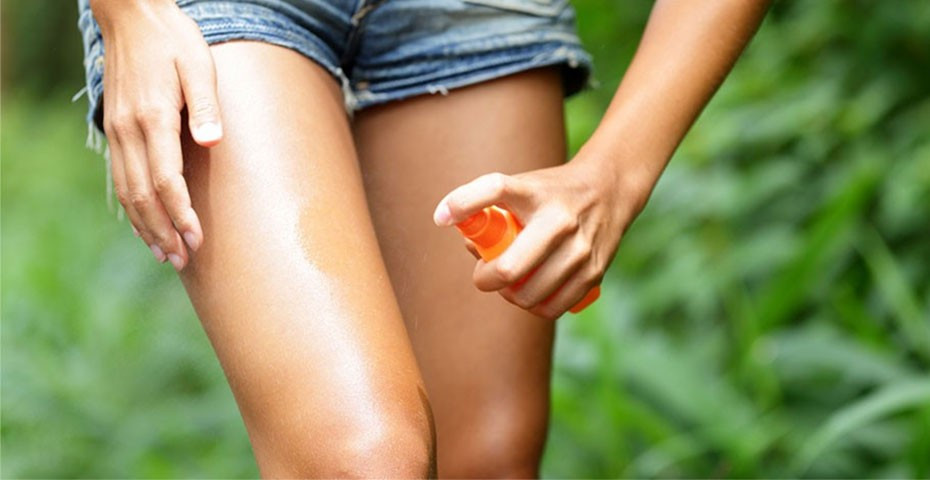How to protect ourselves from insect bites

With the arrival of summer, you live much more outdoors and it can happen that you are bitten by an insect, mosquitoes, bees or wasps.
How can you avoid getting stung or what should you do after an insect bite?
How to defend ourselves from insect bites
How to recognize insect bites
Insect bites cause a slight swelling of the skin that looks red.
Insects that do not fly generally sting several times in the same region of the body (bedbugs for example), while flying insects strike even distant uncovered areas.
What are the most frequently mentioned insects?
Mosquitoes, when they land on the skin, assume the "sting" position, with the sting downwards. They sting more frequently after dark and are attracted to light sources. When it is very hot, they often bite even during the day, especially near stagnant water courses, where mosquitoes reproduce. At the area of the puncture, the skin has a wheal, that is an itchy red patch in relief. The discomfort is more intense in fair and delicate skin and subsides after about two days.
Horseflies are brown to gray insects similar to flies, but with a more elongated shape. They are most frequently found in the countryside, near stables or cattle farms. Horseflies attack mainly during the day and are more aggressive when the weather is hot.
The sting of horseflies is more painful than that of mosquitoes but it is not dangerous because the irritant released into the skin by the sting does not cause allergies. The skin shows a red, irritated and itchy area.
What to do after an insect bite?
The treatment depends on the intensity of the reaction and therefore on the degree of sensitization of the person to the substances inoculated by the insect.
In the event of a local reaction, a cortisone-based cream is sufficient; if the itching is widespread and intense, oral antihistamines can be used, while the use of topical antihistamines is contraindicated because they are photosensitizing; in exceptional cases with generalized reactions, oral cortisone should be used.
It is important to avoid scratching to prevent frequent bacterial superinfections, especially in children.
Can other remedies be used?
Do-it-yourself remedies are often used, such as applying ammonia or rubbing the sting with lemon. Ammonia burns the skin and lemon juice makes the skin photosensitive.
It may be useful, for example, to apply an ice cube to the sting to reduce itching or to apply a soothing ointment with tea tree oil or
the application of Neem Oil, which works by reducing itching.
How to prevent the risk of a sting?
To reduce the risk of being stung, some precautions can be used:
Sprinkle the skin with repellent product based on natural substances.
Apply mosquito nets to windows.
Avoid water stagnation in saucers.
Can insecticides be useful?
It is good to avoid chemical insecticides, which can cause irritation to the respiratory tract. In case of use, it is advisable to ventilate the room for at least half an hour.
Instead, small ultrasound devices can be used, not annoying for the human ear but intolerable for insects.
The classic "coils" or candles with citronella and geranium essences are excellent as a repellent, to be used only outdoors.
For those who live in areas where there are many insects, equipment that emits a continuous stream of carbon dioxide capable of guiding the insects towards the trap can be used. These devices should be positioned between the mosquito breeding area (stagnant water, bushes, etc ...) and the area frequented by people.
